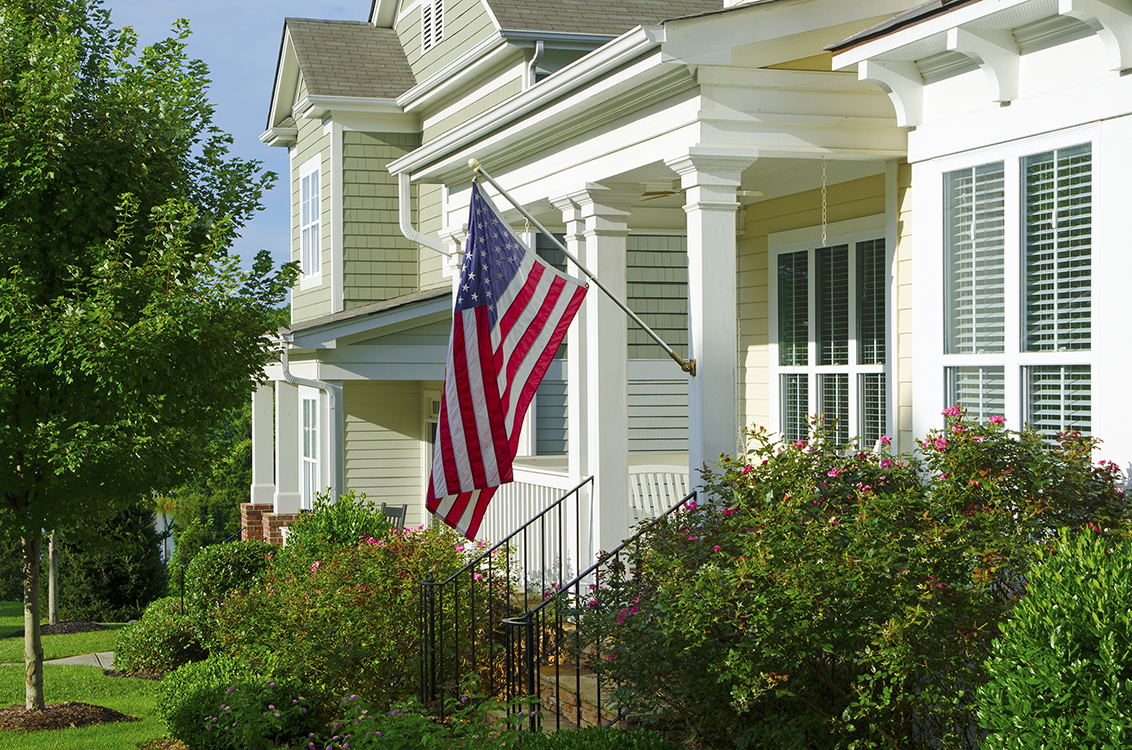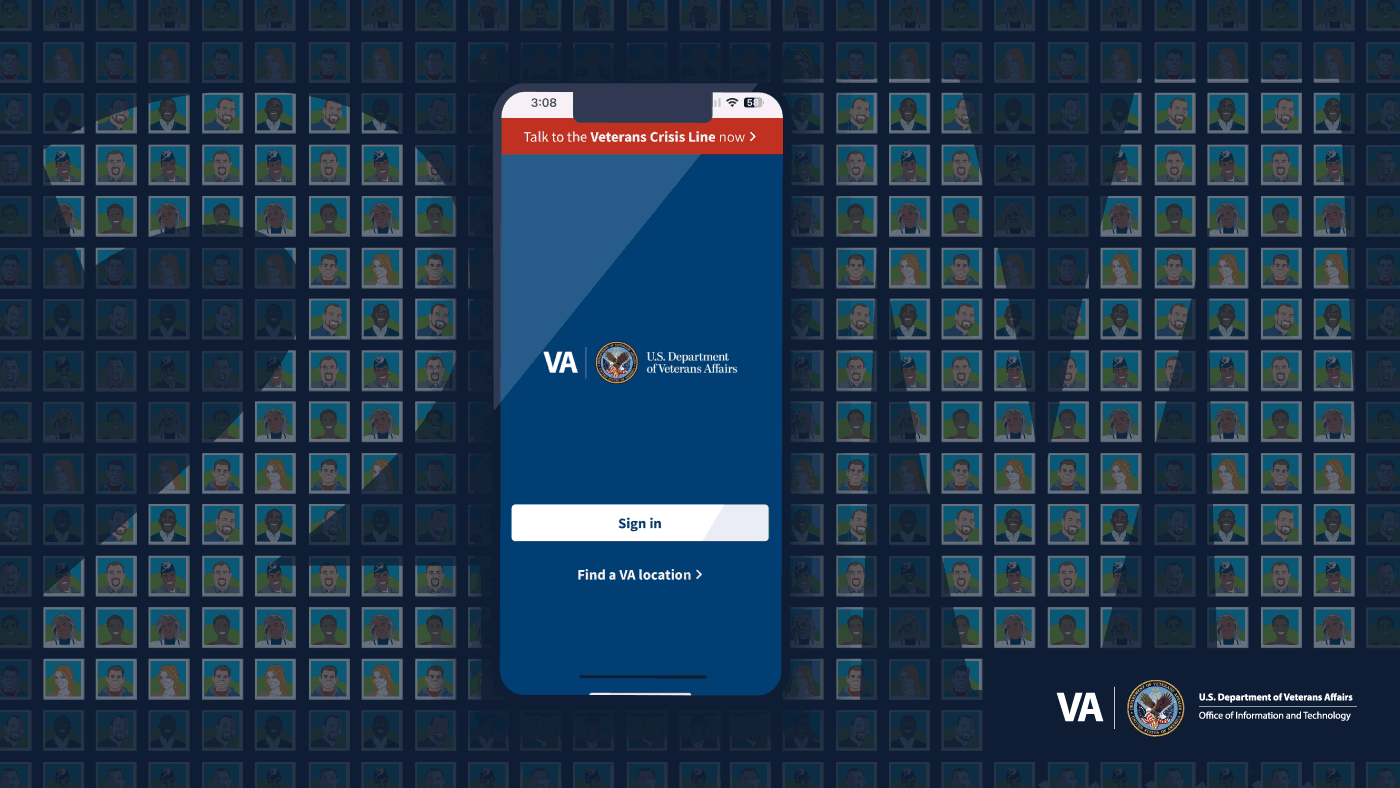The VA Home Loan is the most powerful home buying tool on the market. It—and the GI Bill—literally reshaped post-War America, and it’s a big reason why the historic VA Loan Guaranty Program has surged since the housing crash.
Despite generations of historic success, though, several myths and misconceptions deter millions of Veterans and Servicemembers from partaking in this benefit. Part of the reason is the ongoing awareness battle–about 1 in 3 home buying Veterans didn’t know they had a home loan benefit, according to VA survey data. So let’s set the record straight regarding four common VA Loan myths.
Myth 1: This is a lousy loan product.
Fact: This is one of the best loan options on the market.
Qualified buyers can purchase up to $417,000 in most locations before needing to make a down payment. FHA loans require a 3.5-percent down payment, and many conventional lenders want at least 5 percent.
Having no mortgage insurance–a fixture of FHA loans and required for conventional loans without a 20 percent down payment–can save Veterans more than $200 every month.
It’s the same story with interest rates, which actually tend to run lower on government-backed loans. The average fixed-note rate on a 30-year VA Loan in March was 3.82 percent, compared to 3.99 percent for FHA loans and 4.11 for conventional, according to mortgage software firm Ellie Mae.
VA also limits what lenders can charge in closing costs. In addition, sellers can pay all of a buyer’s mortgage-related closing costs and up to 4 percent in concessions, which can cover things like prepaid expenses or even paying off collections and judgments at closing.
Myth: You need great credit to get one.
Fact: You don’t even need “good” credit.
VA Loans are more lenient than conventional when it comes to your credit history. In fact, VA has no credit limit, though it is true that VA lenders generally look for a 620 FICO score, which, in layman’s terms means “Fair” credit (followed by “Good” and then Excellent”). Conventional loans often require a 660 minimum credit score, although you may need more like a 740 to have a shot at the best rates and terms.
VA Loans also allow Veterans and active military to bounce back faster after a bankruptcy, foreclosure or short sale. You can be eligible for a VA Loan two years after a Chapter 7 bankruptcy discharge; one year after filing a Chapter 13 bankruptcy; and two years following a foreclosure. Some lenders have no required waiting period following a short sale.
With conventional loans, you’re usually talking about a four- to seven-year wait before being able to buy again.
Myth: VA Loans take forever to close.
Fact: They close as fast as the others, and they’re also more likely to close than both conventional and FHA loans.
There’s a lingering misperception that VA buyers are weighed down by bureaucracy and paperwork. The reality is greater automation and efficiency, and other improvements in recent years have helped the VA Loan Guaranty Program more than keep pace.
In March, the average conventional and VA purchase loans each closed in 44 days, according to Ellie Mae. What’s more impressive is that VA Loans are actually more likely to close than their conventional counterparts, which is great news for buyers and sellers alike.
The same Ellie Mae data show that 70 percent of the VA purchase applications made over the previous 90 days went on to close. That’s compared to 67 percent of conventional purchase applications and just 61 percent of FHA applications.
Myth: No down payment makes these risky loans.
Fact: VA Loans have been the safest on the market since the housing crash.
Despite the $0 down benefit, VA Loans have had the lowest foreclosure rate of any mortgage type for most of the last seven years.
VA’s sound appraisal process and common-sense requirement for discretionary income (known as residual income) are key factors in the program’s safety. But the single biggest reason is the Loan Guaranty Service’s dedication to helping Veterans keep their homes.
The program tracks every VA Loan in the country. Loan Guaranty employees get notified anytime a Veteran is more than 60 days behind on their mortgage. These foreclosure avoidance specialists contact the homeowner and intervene directly with lenders and servicers to find alternatives to foreclosure.
Since 2008, the Loan Guaranty Service has helped more than 320,000 Veterans and service members avoid foreclosure. That commitment has saved taxpayers more than $11 billion in foreclosure claim payments.
Myth: This is a one-time benefit.
Fact: Once you earn this, it’s yours for life.
This is not a one-and-done benefit. Qualified Veterans can use the VA Loan Guaranty Program over and over again. In fact, it’s possible to have more than one active VA Loan at the same time. Even losing a VA Loan to foreclosure doesn’t mean you’re no longer eligible.
Any one of these myths can keep Veterans and service members from exploring their hard-earned home loan benefits. Taken together, they highlight the need for continued education and greater awareness about this historic home loan program.

Topics in this story
More Stories
The “Increase Your Credit Score” workshop will be a live event with credit experts whose aim is to help you bolster your credit score and financial stability.
Tax filing season has become a popular time for scammers to target unsuspecting taxpayers through multiple communication avenues. VA wants Veterans to remain vigilant against cyberattacks aimed at stealing personal and financial information.
The VA Health and Benefits mobile app is modernizing how Veterans access and manage their health care and benefits information.






